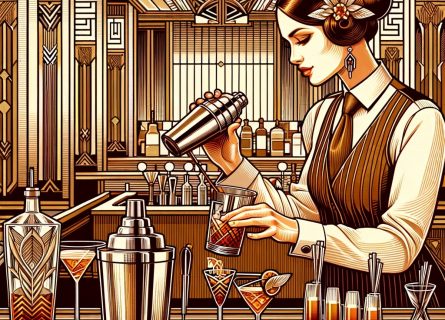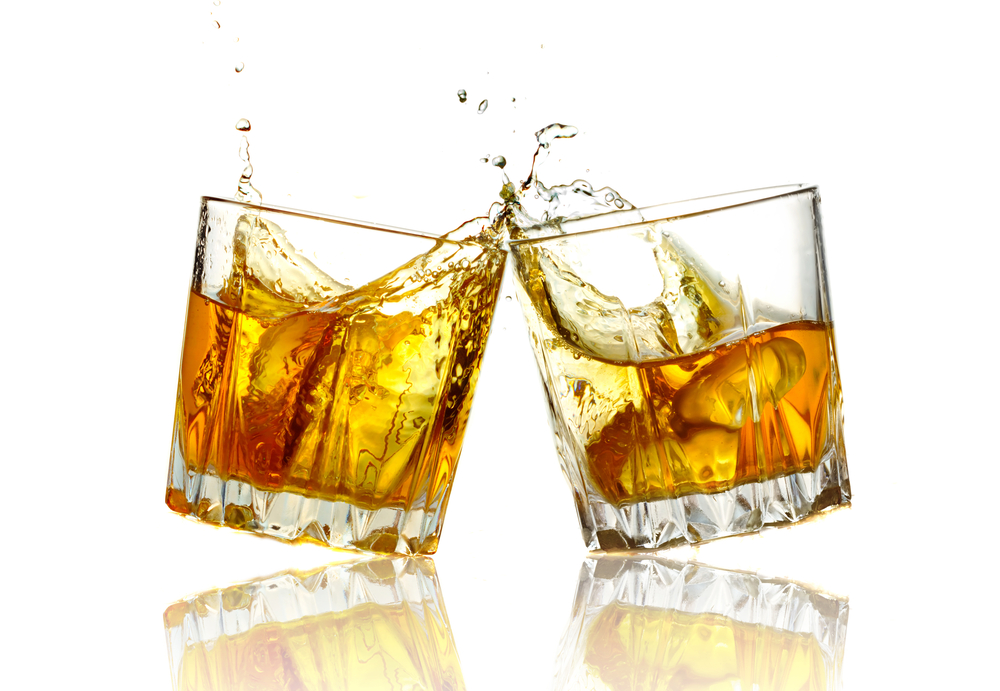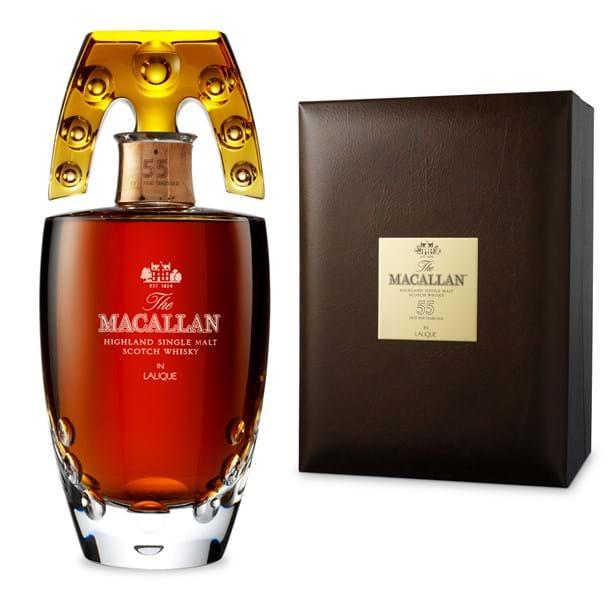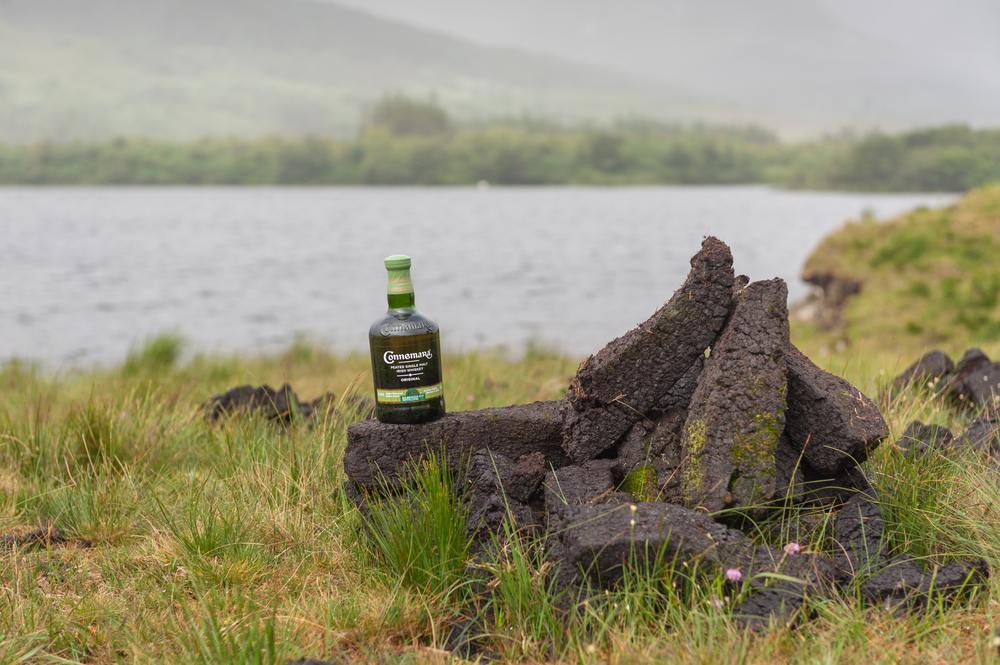
Timeless Irish Whiskey Cocktails: Exploring Classic Mixes
September 4, 2019
Irish whiskey's resurgence in mixology: celebrated in classic and modern cocktails, where its distinct flavors are showcased, not concealed.
By: James lawrence / Last updated: March 26, 2024
Estimated reading time: 8 minutes
Like a match between two prize-winning boxers, the subject of Irish versus Scotch whiskey arouses and inflames passions. The quickest way to commit social suicide would be to enquire in a Scottish bar: “Do you have any Irish spirits for a change? Much better quality, aren’t they?” The same, of course, also applies to demanding Scottish single-malt in Ireland. You’ll hear a pin drop in the room during a stunned silence, although before long, voices will rise, and tempers may fray.

Yet despite the intense but often good-natured rivalry between Scottish and Irish distillers, there are key points of difference between the two industries worthy of discussion. This is not merely a debate about quality. Both Ireland and Scotland have long-standing and proud traditions of distillation. In both nations, water, malted barley (or other grains), and yeast are the holy trinity of whiskey – three unremarkable ingredients; however, their whole is much greater than the sum of their parts. Both nations make excellent single-malts, blended whiskeys, and grain whiskey. Both Ireland and Scotland can boast brands that are household names. Nevertheless, there are significant points of divergence between Irish and Scottish whiskey in everything from historical traditions to contemporary production methods. Irish and Scottish whiskey are many things, but never make the mistake of believing they are part of a homogenous category.
The rivalry starts in the history books. Modern Irish distillers and marketers make numerous claims about their whiskey production heritage, as do the Scottish. However, respected sources suggest that the Irish brought grain to Scotland – not vice versa. Irish Priests likely brought distillation techniques back to Ireland first and then to the west coast of Scotland. Moreover, Ireland claims to have the world’s oldest distillery in Bushmills, officially registered in 1608. Many Irish distilleries proudly boast that Irish whiskey became the drink of choice long before its Scottish counterpart.
However, after the Industrial Revolution, Scotland started to cement its position as a world leader in whiskey production. The Industrial Revolution brought the railway to Scotland, which meant better transport links, access to raw materials, and the means for more excellent quality production. The distillation industry flourished, thanks to the advent of the phylloxera louse in France in the latter part of the 19th century. The phylloxera louse wiped out vineyards used to make Cognac, and whiskey eagerly took its place. Meanwhile, the fortunes of Irish whiskey declined drastically in the late 19th and early 20th century due to a combination of political and economic factors. Many famous distilleries closed, and Ireland became a virtual whiskey museum.
Of course, Scottish distilleries have had their challenges to overcome. However, the simple fact remains – Scotland is the world’s leading producer of premium whiskey, while Ireland is still recovering after decades of neglect. The investment by pioneers such as John Teeling and global investment from major players like Diageo has been fantastic for Ireland’s burgeoning craft distilleries. Nevertheless, Ireland’s distilleries are attempting (successfully) to recover former glories and restore reputations; Scotland is riding an unchallenged wave of glory, international recognition, market dominance, global investment, and awards.
But please understand us – Cellar Tours is a massive fan of Irish whiskey. We have cheered and applauded the fantastic developments in recent years as new distilleries open and revitalize whiskey tourism. However, it is equally undeniable that Scotland produces a breathtaking range of superlative whiskeys – like the wines of Burgundy, these hallowed spirits can be rarely beaten.

Today, there are over 100 single-malt distilleries throughout Scotland and hundreds of brands of single-malts. Very old, rare examples sell for incredible sums; Macallan Lalique’s 55-year-old Single Malt Scotch Whiskey will set you back over €150,000. Yet one should remember that blended whiskey makes up 90 percent of all whiskey produced in Scotland. Ignore the naysayers claiming that blended whiskey is inferior; the best examples match single malts in quality, albeit made differently. Producers make blended whiskey by mixing different grain whiskeys instead of using barley as in single-malt. But there is another category almost unique to Scotland – blended malt whiskey. Containing no-grain whiskey, blended malts are blends from several distilleries – the best examples are over 30-year-old, complex whiskeys worthy of the best single malts.
In contrast, Ireland produces blended whiskey in an entirely different way. Traditionally, Irish distillers have blended pot still whiskey with grain whiskey, mixing the various whiskeys before aging them in barrels. This horrifies the Scottish, who always blend after the spirits emerge from their cask maturation. Several excellent examples are being made today, including Tullamore, D.E.W, 10 years old, and Jameson, 18-year-old Gold Reserve.
Ireland does things differently in other areas, too. Irish firms typically triple-distilled their whiskey, a relatively rare practice in Scotland. Irish pot still whiskey is another niche style unique to this hauntingly beautiful country. However, the term is somewhat confusing – many single malts are distilled in a pot still. The point of difference concerns the blend; Irish pot still whiskey must contain a mix of malted barley and another grain, often unmalted barley, in the initial grist. This potent mix is then mashed, fermented, and distilled in a pot still. The results are captivating and unique to Ireland – rich, oily, and textured whiskey with signature aromas of caramel and chocolate.
Nevertheless, connoisseurs and collectors will always prioritize malt whiskey despite the excellent variety of styles available in Scotland and Ireland. In this regard, Scotland has no peers. The diversity of choices available, the attention to detail in production, the involvement of copper, the craftsmanship, and patient maturation in cask–single–malt whiskey are endeavors filled with love, skill, and unrivaled expertise. The best Irish single-malts are excellent, if relatively small in number, but none of them can hold a candle to the top-end Scottish examples.
There is an air of magic and mystery to Scottish single-malt. The ingredients are simple, yet the resulting flavors defy all expectations after a prolonged maturation, giving the best of Cognac a serious run for its money. Collectors will pay almost any price for the rare, oldest examples, and auction houses make enormous profits selling ancient Macallan single malts and other lauded, iconic names. It would be disingenuous to claim that Ireland and Scotland are on a similar footing – Scotland has had far longer to work on its act, with more significant investment and less financial ruin following the contraction of the American market for Irish whiskey.

There is also the role of peat to consider. Peat is an integral part of Scotland’s whiskey industry, whereas traditionally, Irish distillers did not lean heavily on its signature peaty, smoky flavor profile. Of course, some Irish whiskey makers did, and still do, use peat, but it is mostly a Scottish ‘Unique Selling Point.’ Peat comprises decaying vegetation and grasses formed over centuries in boggy wetlands. Distilleries in Scotland have used peat as a fuel for centuries to dry barley, burning peat beneath the barley. This peat smoke imparts the smoky flavor to whiskies that Scotland, especially its islands and highlands, is famous for today. In terms of making full-bodied single-malt whiskey, Scotland again has the edge. However, the fruit-driven and weighty Connemara from Ireland is a reminder that peat played a role in Ireland’s past.
Ultimately, it arguably all comes down to questions of quality and consistency – perceived or otherwise. Consumers understandably want to know which country consistently makes better whiskey. It’s a complicated, if not impossible, question to answer. Scotland has the largest choice available, the most lavish investment sums, and the world’s best expertise. It is undeniably the most important whiskey producer today, a mantle that will probably never be seriously challenged. The range, quantity, and quality of whiskey on offer are remarkable.
But Ireland’s whiskey industry, while small, is perfectly formed. The strides made over the past two decades are equally laudable and remarkable; Irish whiskey is not a poor relation. The quality on offer today is as strong as ever, with drams of something special straightforward to come by: an older Bushmills, a vintage Jameson, and an excellent grain whiskey from Greenore. Contemporary Irish whiskey is an exciting alternative to Scotland’s long-established tradition of whiskey production. The wisest choice, as ever, is to enjoy both, preferably in the company of friends from these dynamic, beautiful, and captivating nations. There is plenty of room for argument, disagreement, and debate as long as the best Scottish and Irish whiskey never stops flowing!
If you would like us to customize an exclusive luxury tour, contact us and let us know your travel plans. We offer luxury food and wine tours for private groups of a mininium two guests. In addition, all of our private, chauffeured tours are available year-round upon request.

